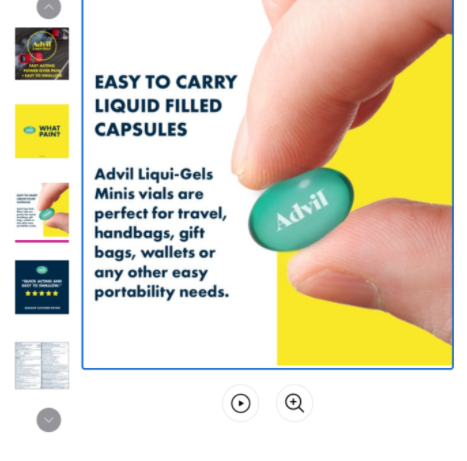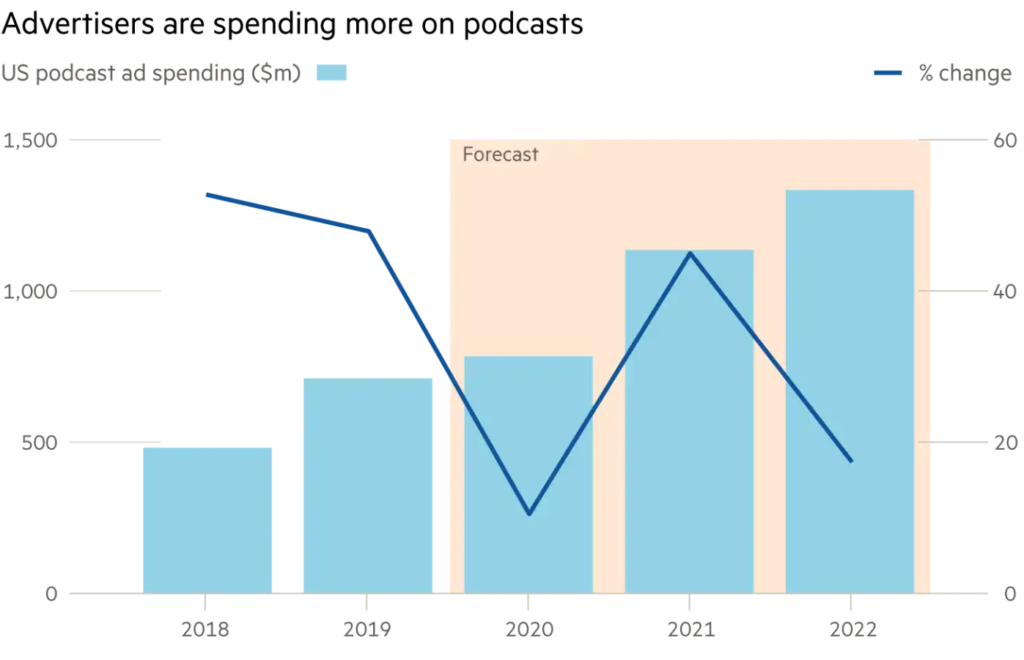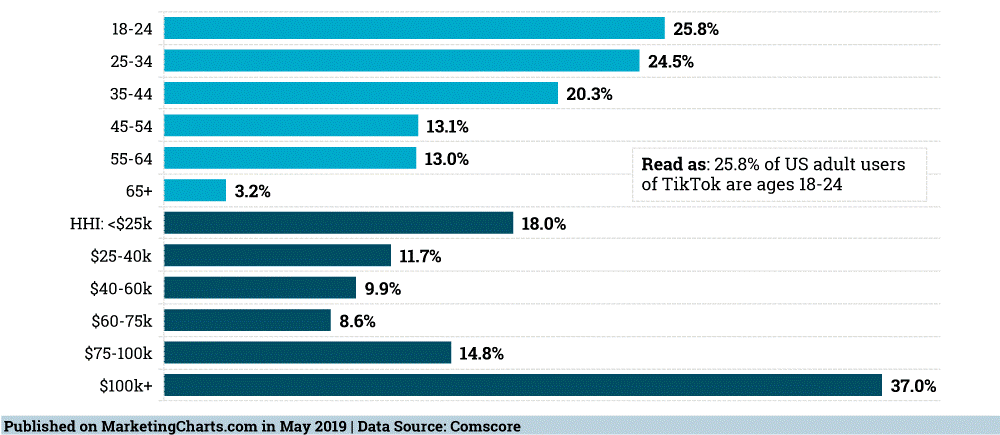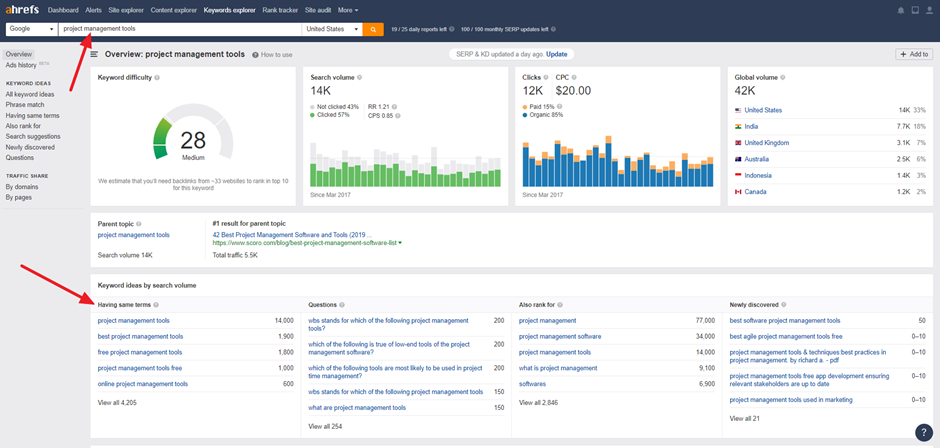Instacart has grown rapidly in popularity over the past year. Instacart is a platform where you can order groceries online from major retailers, and have someone purchase those groceries for you and deliver them to your home.
This service has been especially useful during COVID-19, which has solidified Instacart as a business. For businesses selling products through these major retailers on the Instacart platform, follow along for a step-by-step guide to Instacart SEO, to get your products ranked number one on those shopper pages.
What is Instacart SEO?
First, let’s examine what Instacart includes in terms of SEO, which is a process to attract organic customers to product pages using keywords that are related to the product. In this case, these products are competing with other grocery store items sold by competing retailers.
How Does Instacart SEO Work?
Instacart SEO is different from Google or Yahoo. This type of SEO is meant to be searchable by consumers looking to purchase, to make sure that the shopper lands on a product page in Instacart that leads to a sale.
These Are the Instacart SEO Best Practices
Product Title: An Instacart advertiser needs to make sure their product titles are clear, or the product might be overlooked. Readability is important, because the customer has to understand what the product is as soon as they see it.
Product Description: In any product description should ensure the product is described in direct detail. This product description should include all the features, what it does, and why it is able to serve consumers. If one of these three aspects is missing in the description, the risk for a missed sale is increased.
Product Images: Images are vital in making sure the product sells on Instacart, or any other e-commerce platform. Capture the important features of the product visually, and include any details worth noting.
If there are no good images related to your products, then the buyer might not gain the trust needed to buy the product.
Product Attributes: Every product should have listed selling points that help describe the product without the need for a company representative. In terms of food items, for example this could range from special health benefits to exclusivity to a certain store.
Being detailed and direct helps you gain the consumer’s trust because you are establishing all areas of the product in the description.
Product Price: Prices are important, especially for necessities like food items, where brands are most competitive with pricing.
Commit to research, and make sure your pricing reflects the quality of your products, so you can remain competitive with the pricing of other brands. If the price is too high for your brand, the sale will most likely be lost to a competitor.
Product Reviews: This shows real reviews from consumers who have tried the product. If this isn’t established, many consumers may be left in a gray area where they’re not sure if the product is really valuable.
Product reviews also get those consumers involved who have already purchased the product and love it.
Brand Recognition: Brand recognition is what every brand wants to achieve when they’re selling a product from a retailer or online platform. This is when a consumer instantly recognizes a product based on its brand, providing the level of trust that makes it easier to buy it. The consumer already knows the product matches the brand, from its recognizable logo or any imagery that makes it stand out.








